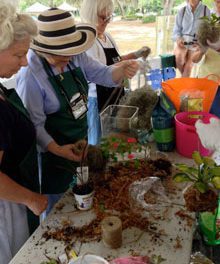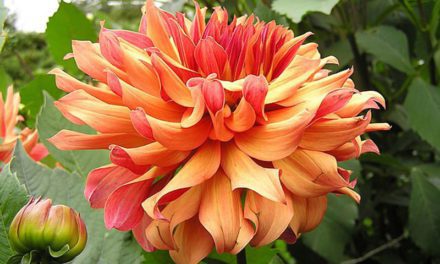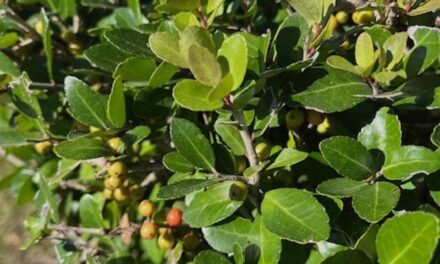Beaufort County has a river buffer ordinance, which helps to protect waters from various types of pollution. Some types are obvious and some are not. Because we live in a unique estuarine environment, the waters in Beaufort County and along much of the Southeastern coast are almost as salty as seawater. The plants and animals that live in the tidal, intertidal and maritime zones have adapted to and may require saline conditions. The South Carolina Department of Health’s Office of Ocean and Coastal Resource Management or (OCRM) has established a “critical line,” and the County requires that all drainage shall be diverted away from that Critical Line by using Best Management Practices. One type of pollution that can occur which we don’t expect is fresh water. When precipitation (natural rainfall or irrigation) falls on trees, shrubs and grasses it is more likely to penetrate into the ground or pervious surfaces. Otherwise, rain falling on roofs and other impervious surfaces will seek a lower level and depending on the volume of that storm water, it may flow into storm drains, and ultimately into creeks and rivers. Fresh water dilutes that saltiness that the young shrimp, fish, crabs and oysters need to reproduce and grow. The buffer or riparian zone is designed to slow or stop the flow of storm water – with its dissolved fertilizers, pesticides, chemical, and pet wastes (you probably guessed them). The best buffers are the widest. Fifty feet set back from the OCRM critical line is the law in Beaufort County.
The good news about buffers is this: great plants can be used in buffer plantings. The least expensive approach to establishing a river buffer would be to quit mowing the grass to the edge of the marsh. You will be amazed at the diversity of plants that will quickly move into that buffer. Some may be more desirable than others; oops there goes the neighborhood! We want to be good managers of the resource, so let’s look at some of the plants we would want to encourage that require no fertilizers or supplemental irrigation. Now you are saving money too. There are many native plants that would enjoy being in your landscape. These hardy plants have adapted to our coastal conditions and many have special qualities that make them ideal as buffers. They also do double duty as nectar and food sources, cover and a place for wildlife to move and raise their young.
Trees, shrubs, vines, and grasses will give you a mixed border of vegetation. Small and large trees are so important for all of the reasons described above. The roots help to hold onto soil and prevent erosion, which can also create problems in streams and other water bodies. Soil can lower the dissolved oxygen and can also affect the pH of water. It will also bring whatever contaminants bound to the particles into the stream. Trees and shrubs provide nesting, cover and food for animals, and the oxygen we breathe. Native trees and shrubs can also be used to frame views across the landscape and enhance any view with their forms, leaves, flowers and moss. The most obvious examples are Live oak, Magnolia, Juniper, Palmetto, Buckeye, Red Bay, and Sassafras. Yaupon holly can be limbed up as a tree form, and I have seen some large Beautyberry trees.
Sparkleberry, Cherry laurel, and Wax Myrtle can also be used in a variety of situations. Some undesirable trees are the exotic invasive Popcorn and Privet. We also have many native and non- invasive grasses that can be used as buffer beauties. The gorgeous Sweetgrass is tough and pretty. Sea oats is a no brainer because it holds and helps to form dunes. Many of the broom sedges and other sedges are actually very important to birds and mammals for their seeds and nesting materials.
For more information on creating and maintaining buffers there is a handy pamphlet that was created by DHEC called Backyard Buffers.
There is also lots of information at the Clemson University Extension Home and Garden website. There is information on many gardening subjects; one example is a great fact sheet on Creating an Environmentally Friendly Landscape. http://www.clemson.edu/extension/hgic/plants/other/landscaping/hgic1723.html
The South Carolina Native Plant Society also gives great suggestions for native plants for wildlife and other site specific uses. There are articles and links to other sites including the SC Exotic Pest Plant Council. http://www.scnps.org/









